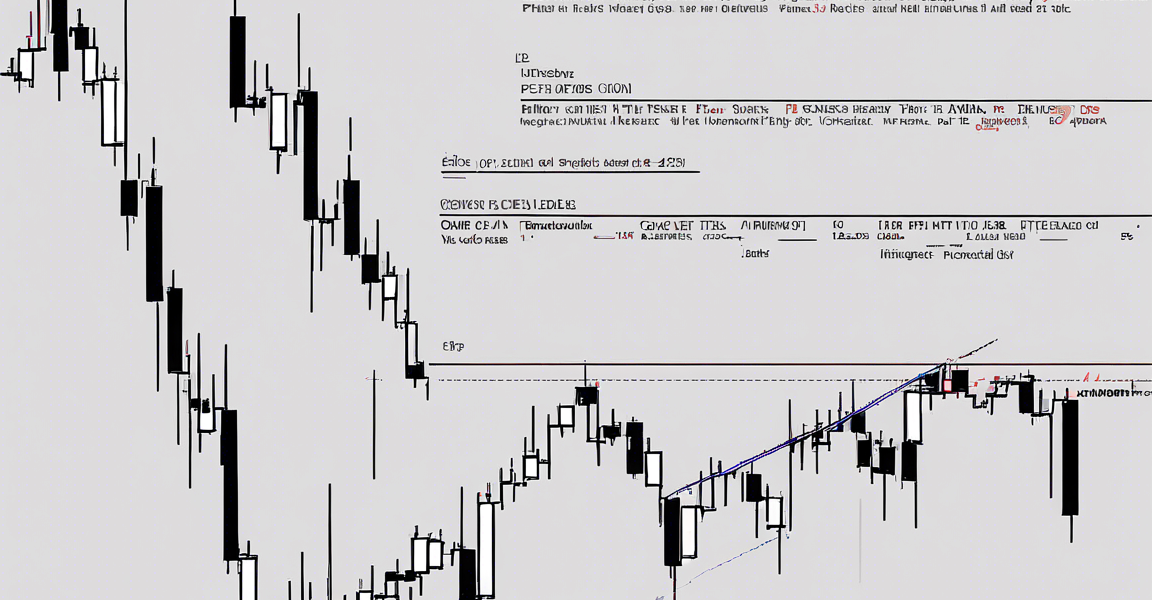Candlestick patterns are powerful tools used by traders to predict potential price movements in the financial markets. Understanding these patterns can give traders an edge in making informed decisions when buying or selling assets such as stocks, commodities, or cryptocurrencies. In this comprehensive guide, we will explore some of the most prominent candlestick patterns that traders use and discuss how you can incorporate them into your trading strategy to improve your overall success rate.
Introduction to Candlestick Patterns
Candlestick patterns have been used for centuries in Japan, with their modern applications in trading popularized by Steve Nison in the 1990s. These patterns consist of one or more candlesticks on a price chart and can indicate potential reversals, continuations, or indecision in the market. The shape and position of the candles provide valuable information to traders, helping them gauge market sentiment and make more informed decisions.
Types of Candlestick Patterns
1. Bullish Patterns
-
Hammer: This pattern forms at the bottom of a downtrend and signals a potential reversal. It has a small body and a long lower wick, indicating that buyers have started to step in.
-
Bullish Engulfing: This two-candle pattern forms during a downtrend, where the second candle completely engulfs the prior candle. It suggests a shift in momentum from bearish to bullish.
2. Bearish Patterns
-
Shooting Star: This pattern forms at the top of an uptrend and signals a potential reversal. It has a small body and a long upper wick, indicating that sellers have started to enter the market.
-
Bearish Engulfing: Similar to the bullish engulfing pattern, this two-candle pattern forms during an uptrend and signals a potential reversal to the downside.
3. Reversal Patterns
- Doji: This pattern signifies indecision in the market, with the opening and closing prices almost being equal. It can signal potential reversals when found at the top or bottom of a trend.
Importance of Candlestick Patterns in Trading
Candlestick patterns offer several advantages to traders, including:
-
Easy identification: These patterns are visually distinct on price charts, making them easy to spot and interpret.
-
Market sentiment: They provide insights into market sentiment, helping traders gauge the balance of power between buyers and sellers.
-
Entry and exit points: By understanding these patterns, traders can identify optimal entry and exit points for their trades, improving their risk management and profitability.
Common Mistakes to Avoid when Trading Candlestick Patterns
While candlestick patterns can be powerful indicators, traders should be mindful of certain common mistakes that can lead to losses. Some of these include:
-
Overtrading: Trading every single candlestick pattern without considering other factors can lead to overtrading and losses.
-
Ignoring the trend: It’s essential to consider the prevailing trend when interpreting candlestick patterns to avoid trading against the overall market direction.
-
Not using stop-loss orders: Failing to set stop-loss orders can expose traders to significant losses if the market moves against their position.
How to Use Candlestick Patterns in Your Trading Strategy
To incorporate candlestick patterns into your trading strategy effectively, consider the following tips:
-
Combine with other indicators: Use candlestick patterns in conjunction with other technical indicators such as moving averages, RSI, or MACD for confirmation.
-
Practice on demo accounts: Before using candlestick patterns in live trading, practice identifying and trading them on demo accounts to gain confidence and refine your skills.
-
Risk management: Implement proper risk management techniques, such as setting stop-loss orders and position sizing, to protect your capital when trading candlestick patterns.
Frequently Asked Questions (FAQs)
1. What are the most reliable candlestick patterns for trading?
Some of the most reliable candlestick patterns include the hammer, engulfing patterns, and doji, as they often signal potential reversals or continuations in the market.
2. How do I learn to identify candlestick patterns?
You can learn to identify candlestick patterns through practice and studying educational resources such as books, online courses, and trading websites that offer guides on the subject.
3. Can candlestick patterns be used in conjunction with fundamental analysis?
Yes, candlestick patterns can be used alongside fundamental analysis to make more informed trading decisions. Combining both technical and fundamental analysis can enhance your overall trading strategy.
4. Do candlestick patterns work on all time frames?
While candlestick patterns can be effective on various time frames, they may carry more weight on longer time frames such as daily or weekly charts due to higher trading volumes and liquidity.
5. Should I solely rely on candlestick patterns for trading decisions?
It’s essential to consider candlestick patterns as part of a comprehensive trading strategy that includes risk management, market analysis, and other technical indicators for optimal results.
In conclusion, mastering candlestick patterns can greatly benefit traders by providing valuable insights into market dynamics and potential price movements. By learning to identify and interpret these patterns effectively, traders can enhance their decision-making process and increase their chances of success in the financial markets.




